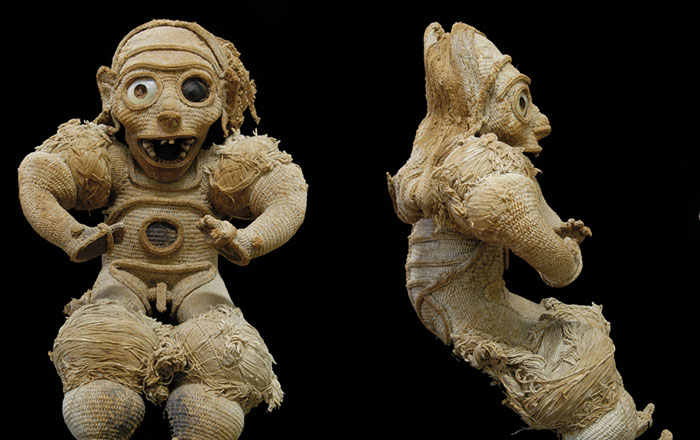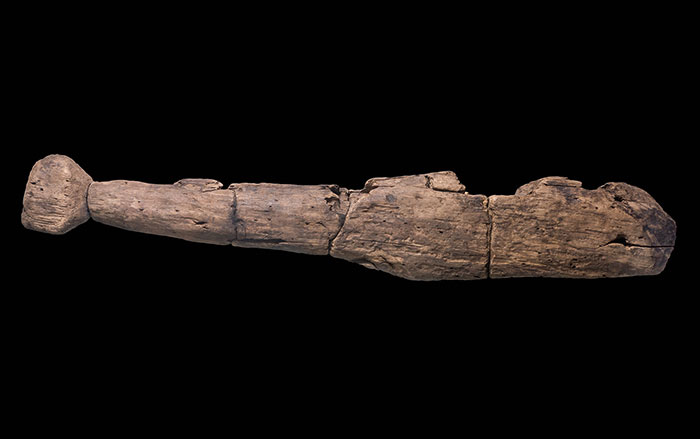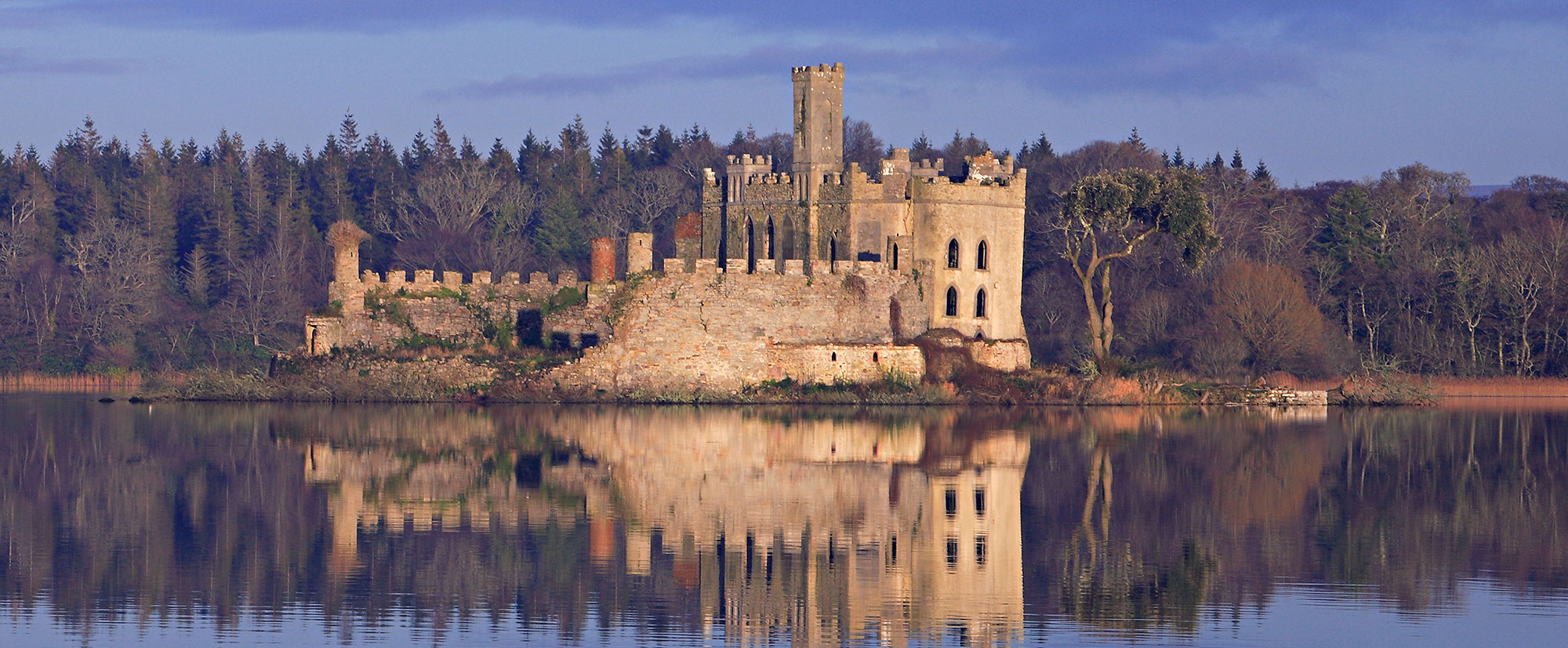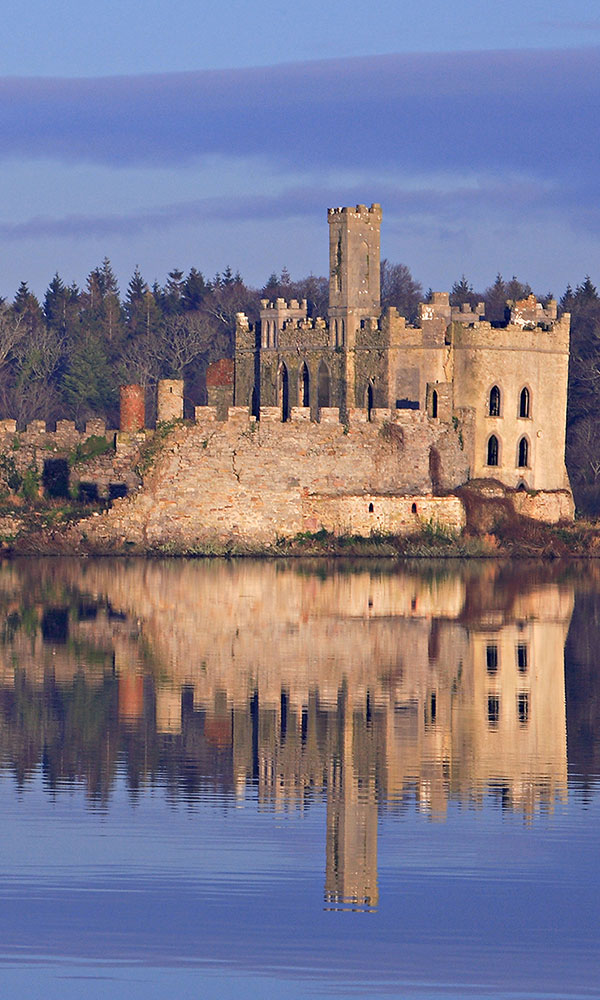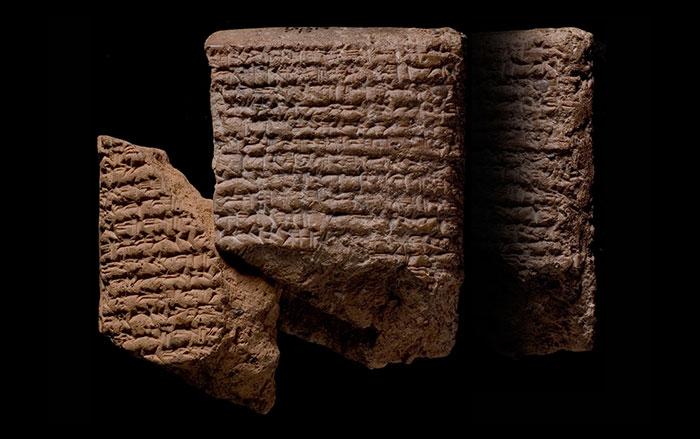
JENA, GERMANY—According to a statement released by the Max Planck Institute for the Science of Human History, Corentin Bochaton of the University of Bordeaux identified eight vertebrae from boa snakes among artifacts recovered from three archaeological sites in the Lesser Antilles, including the islands of Martinique, Basse-Terre, and La Désirade. Bochaton said that the remains of many other snake species were found at the sites, but these were the only boa remains, and the only snake bones to have been made into beads, based upon his microscopic evaluation. This suggests the constrictors were given prominent status within Pre-Columbian Amerindian communities, as reflected in a seventeenth-century chronicle of a voyage to the Caribbean known as Carpentras Anonymous, which describes the unwillingness of the island inhabitants to kill boas. Such revered status could account for the scarcity of boa remains in the archaeological record, Bochaton explained. To read about evidence for snake consumption some 1,500 years ago in what is now Texas, go to "Snake Snack."


